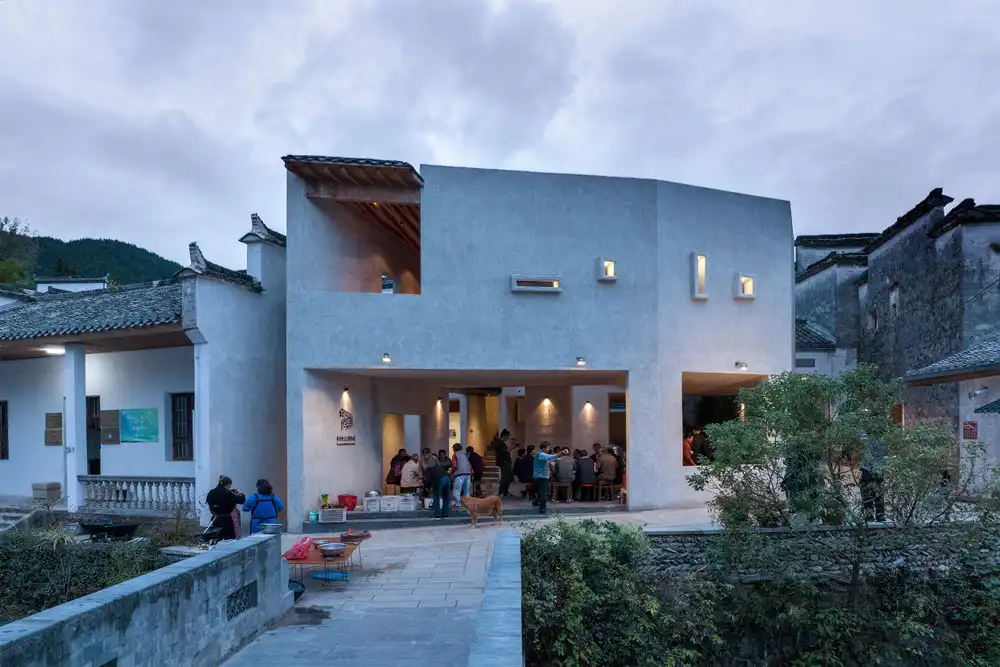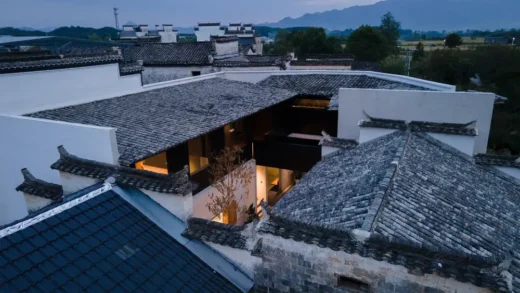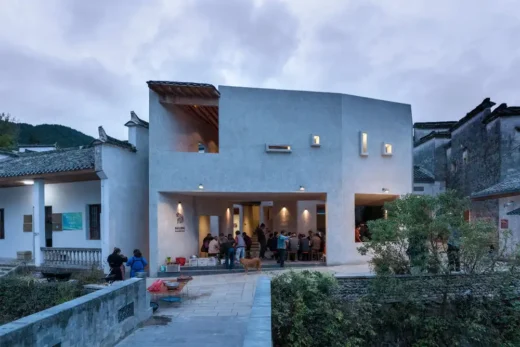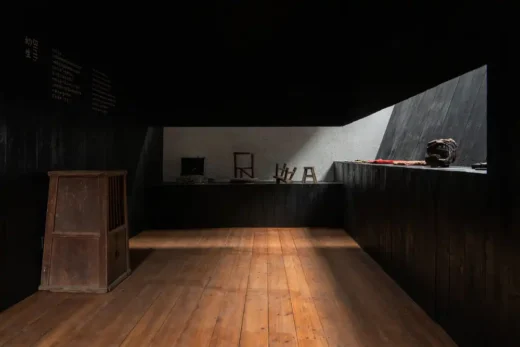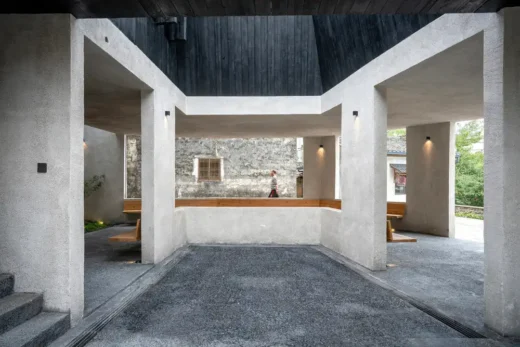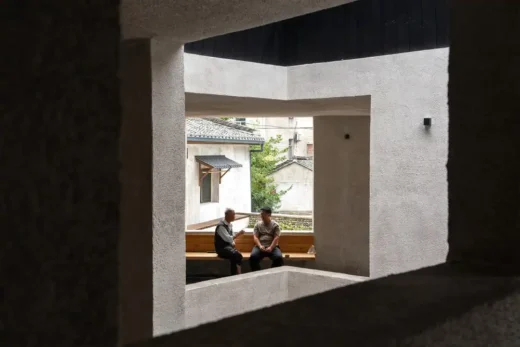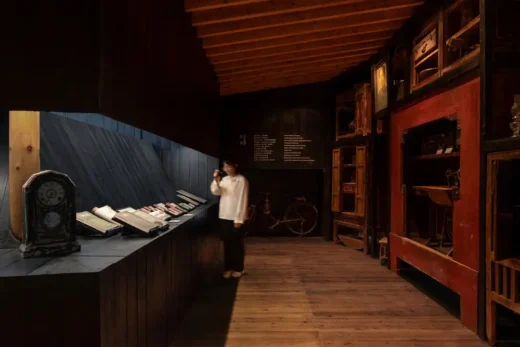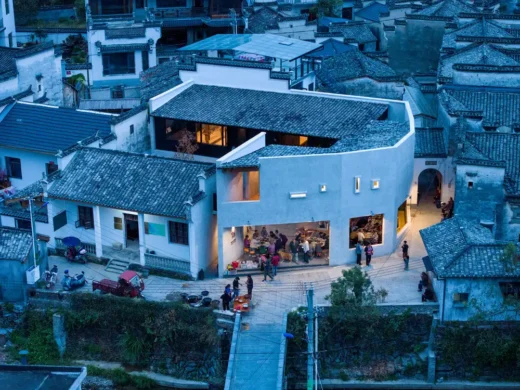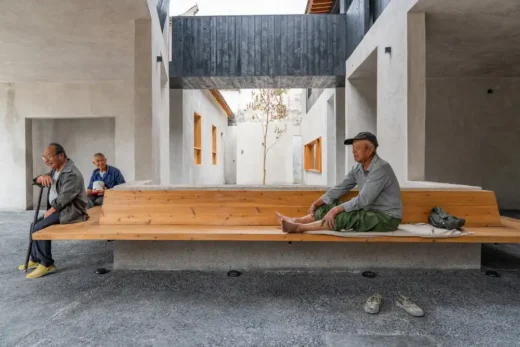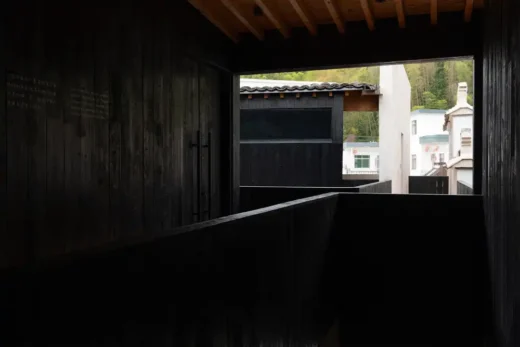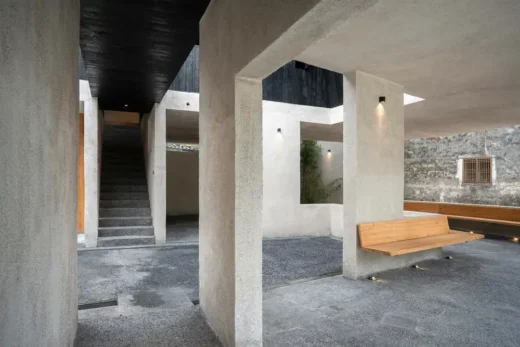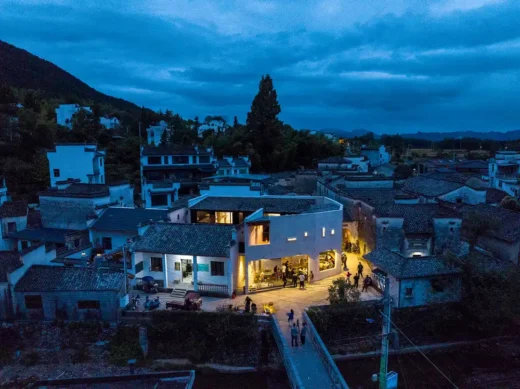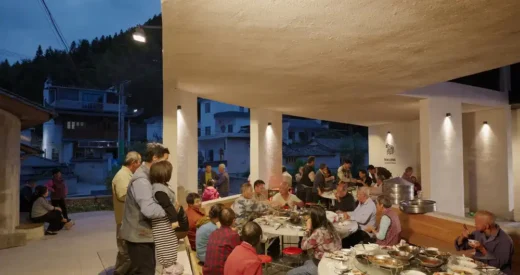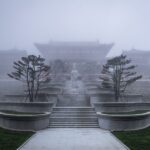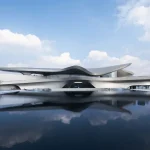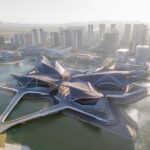FW JI The Rural Memory Museum, Huangshan City, China Building Design, Chinese architecture
FW JI· The Rural Memory Museum in Huangshan City
7 July 2025
Architects: IARA
Location: Fengwu Village, Yixian, Huangshan, China
Photos: Huien Song, Team of Yizhe Zhang and Yi Huang
FW JI The Rural Memory Museum, China
The FW JI The Rural Memory Museum project is located in Fengwu Village, Biyang Town, Yixian County, Huangshan City. As one of the best-preserved areas of traditional villages in southern Anhui, Yixian County is renowned for its rich natural landscapes and cultural heritage, which includes the famous ancient villages of Xidi and Hongcun. However, compared to other cultural villages in the county, Fengwu Village, despite its idyllic scenery, has limited preservation of ancient buildings and faces common challenges to many rural areas, such as population outflow, an aging demographic, insufficient public facilities, and a lack of cultural activities.
How can design bring vitality to an ordinary village like this? In 2023, “Fengwu JI” was launched as a rural revitalization project. By blending an international perspective with local context, the project leverages spatial design to unite villagers and stakeholders from all sectors. Through micro-renovations and cultural initiatives, the project aims to enhance villagers’ lives, improve their well-being, and revitalize rural vitality. The “Rural Memory Museum” is a key subproject under this initiative.
The site is located in the village’s core, where a building called ‘Yingfengli’ once stood, but gradually disappeared over time, leaving behind a small village square with fitness equipment for public use. However, due to the lack of shelter, the square was underutilized in the hot and rainy local climate, primarily serving as a place for drying meat and clothes. The goal is to transform this inactive site into a vibrant public space through thoughtful design.
Respecting the village’s history, the new building overlays the footprint of the original structure, using local materials and contemporary design to reconstruct and integrate into the rural fabric. The museum not only serves as a space for visitors but also as a spiritual core and gathering place for villagers. To some extent, it is a “new ancestral hall” for the contemporary rural community.
The design elevates the museum to the second floor, leaving most of the ground floor open as a semi-outdoor space for shaded and rain-protected gatherings. Drawing inspiration from the courtyard traditions of southern Anhui residences, the building forms a J-shaped layout, enclosing a courtyard in conjunction with the adjacent local clinic and northern residences. Unlike traditional inward-facing courtyards, the elevated ground floor and open design reverse the spatial relationship, creating layered, outward-oriented public areas—a reinterpretation of the local vernacular.
The building’s exterior incorporates whitewashed high walls that blend into the village texture, while the inner courtyard features lightweight wooden walls. Traditional materials like grey tiles, white walls, and timber framing are used, but innovatively adapted. Inspired by the weathered textures of old village buildings and carbonized wood from years of exposure, the walls use local river sand, cement, and lime, manually finished to mimic natural aging. The wood panels are charred to create a carbonized layer, enhancing durability while evoking a sense of time.
The second floor houses three areas: the “Rural Memory Hall,” the “Future of the Village Hall,” and a “Village Documentary Screening Room.” The Memory Hall is inward-facing, with solid walls, wooden shutters, and hidden skylights that channel daylight through slits in the thick wall, creating a serene atmosphere. The Future Hall, by contrast, features large glass windows, bringing the rural landscape into the space. The compact 10-square-meter screening room, named the “Time Box,” is entirely encased in charred wood, with a single hanging bulb symbolizing the village’s spiritual core.
The exhibits in the “Rural Memory Hall” revolve around the theme of the “Poetry of Life,” using individual stories and emotions as threads. By collecting cherished artifacts from villagers, the exhibition is divided into three chapters: “Birth”, “Growth”, and “Inheritance”, narrating life’s journey from childhood to family life, and finally to death. This reconstruction of the village’s history evokes memories and fosters a sense of identity, transforming individual memories into collective rural culture.
Unlike conventional museum buildings, the Rural Memory Museum does not glorify grand narratives or static relics. Instead, it celebrates ordinary individuals with humanistic care. It also functions as a venue for daily leisure, weddings, funerals, and festivals. Even before construction was completed, villagers spontaneously hosted two community feasts on the ground floor—exactly the outcome we hoped to see. The museum’s official opening featured another village feast, inviting all residents to participate. Old memories continue here, and new lives emerge. The Rural Memory Museum is becoming the new spiritual heart of Fengwu Village.
FW JI· The Rural Memory Museum in Huangshan City, China – Building Information
Design Institute: IARA – https://www.iara-arc.com/
Project name: FW JI· The Rural Memory Museum
Location: Fengwu Village, Yixian, Huangshan, China
Owner: Biyang Township People’s Government, Yixian Agricultural and Water Resources Bureau
Principal Architect: Lubin Liu, Jingqiu Zhang
Team members: Qinming Luo, Li Li, Yarong Zhang, Hui Wang, Yi Huang, Yue Wang
Exhibition and Visual Design: IARA Rural Revitalization
Lead Designers: Jingqiu Zhang, Lubin Liu, Sitian Zhang
Curatorial Team: Qinming Luo, Jiawei Song, Yuling Liu, Jiaxin Bao
Curatorial Text: Jingqiu Zhang, Lubin Liu, Jiawei Song, Taotao Zhou
Exhibition Visual Design: Jian Wang
Landscape Design: Wenjing Fang
Constructor: Huangshan Dehong Construction Engineering Co.
Construction size: 272.1 square metres
Structure Type: Reinforced Concrete Structure, Wooden Structure
Design time: 2023
Completion date: 2024
Photography: Huien Song, Ziyi Liu, Yi Huang, Jingqiu Zhang, Team of Yizhe Zhang
About IARA
IARA, co-founded by Jingqiu Zhang and Lubin Liu in Beijing, is an international team that integrates design, research, education, planning, organization, and operations. The office not only focuses on the foundational creation of architectural spaces, but also emphasizes interdisciplinary connections and integrations beyond the physical realm. Through a multi-perspective and multidimensional approach to design, IARA redefines the relationship between space and people, employing interdisciplinary and cross-media methods to make design a medium that bridges various disciplines and communities.
IARA is deeply invested in the transformation of contemporary urban and rural environments. At the core of their philosophy is Social Realism—a design thinking that regards architecture not only as spatial construction, but also as a response to social issues and complex realities. Through the dual pathways of Infra Architecture (spatial, material, and environmental construction) and Reflex Arc (research, exhibitions, publications, and social engagement), the firm works directly on the ground, within the gaps of society, seeking embedded and transformative actions. Starting from a broad design perspective, the team actively participates in societal changes through cultural production and public engagement. It explores people-oriented methods for urban and rural development, and collaborates with various sectors to bring sustainable vitality to the built environment.
Photography: Huien Song and Yi Huang
FW JI The Rural Memory Museum, Huangshan City, China images / information received 070725
Location: Fengwu Village, Yixian, Huangshan, China
China Architectural Designs
China Architecture Designs – chronological list
Chinese Architecture Designs – architectural selection below:
Urban Nomad Art Museum, Haikou, Hainan, Southern China
Architecture: ALSO Architects
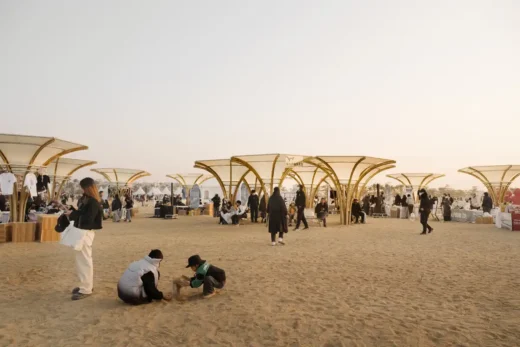
photo : INSPACE
The Silk Lakehouse, Shangri-La Hangzhou
Architects: Kokaistudios
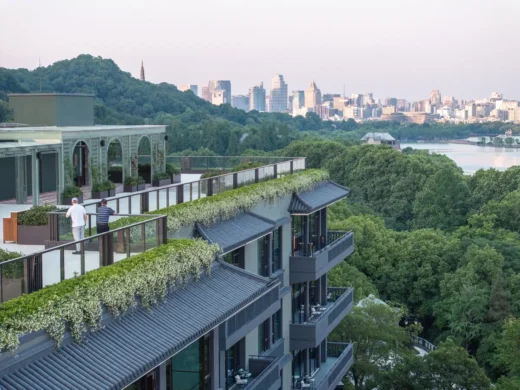
photo : RAWVISION studio
Zhangbei Mirage, Hebei province
Design: Puri Lighting Design
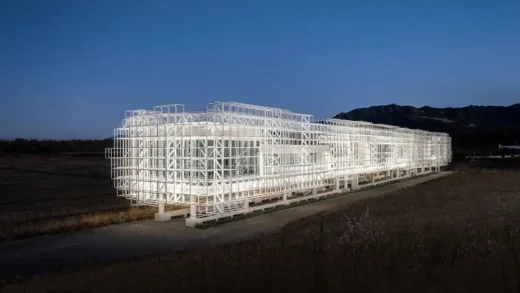
photo : Archi-translator
Comments / photos for the FW JI The Rural Memory Museum, Huangshan City, China designed by IARA page welcome

